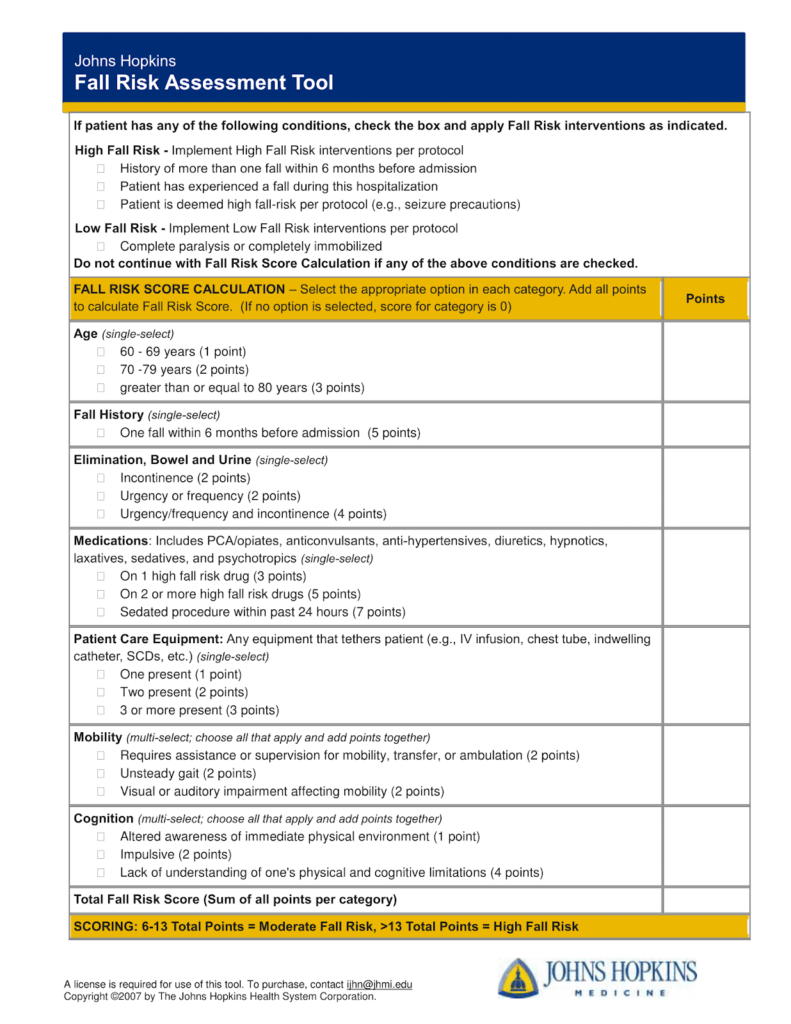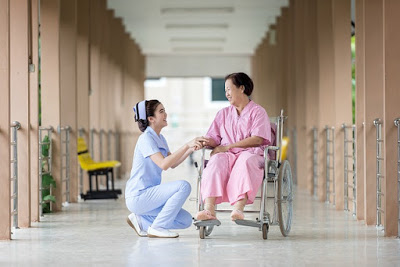The best time to think about fall protection is before a fall happens. It’s even more vital to think about it if you’re an older adult. In your older years, falling accidents can lead to long-term disabilities which you can avoid.
Even older adults who are healthy and on the go can face long-term injury if they fall. In fact, the consequences are more devastating for them emotionally since it puts limits on their active lifestyle.
With that said, the “prevention is better than cure” philosophy strongly applies when it comes to falls. If you’re past retirement age, it’s worth your time, effort and money to give some consideration to the topic.
Doing so can be life-saving.
Preparation is Key
Some people are at greater risk for a fall (more on this later), but no is immune. And the numbers behind slip and fall accidents are sobering.
According to the World Health Organization, falls are the second leading cause of accidental or unintentional injury deaths worldwide. As many as 37.3 million falls are severe enough to require medical attention each year, and adults 65 and over have the highest rates of falls.
Although fall accidents are high in young people as well (15 – 29 year olds come second to those 65+), the consequences of falls in older adults are more severe. Thinning bone mass, slower recovery time and a higher susceptibility to severe trauma can make a seemingly mild fall more dangerous for the elderly.
Skull and hip fractures, for example, can quickly turn into grave injuries if the damage sustained is too overwhelming for elderly persons.
Considering the seriousness of a fall injury, you should learn your personal risk of falling.
Your Fall Risk Assessment Score
There’s a helpful tool out there that can actually determine your risk of having a fall accident – the Fall Risk Assessment Tool. It involves a scoring system which gives your caregivers, medical providers, family members and yourself a number that can put your fall risk in perspective.
There are several versions of this tool out there, but John Hopkins’ Hospital created one of the more notable versions. It takes into account several aspects of your overall health and wellbeing to calculate your score. Take a look at it below.

A score between 6 – 13 indicates a moderate fall risk; a score above 13 indicates a high risk. If you’re lower on the scale, the decision to looking into fall prevention is a matter of discretion, but it wouldn’t hurt to think about it regardless. If you’re higher on the scale, speaking to your family members and caregivers about fall prevention should become a priority.
Fall Prevention Protocol
It’s paramount to do all you can to limit your fall risk, and that’s where fall prevention comes into play. But what exactly does fall prevention entail? There are a few factors to consider – fitness and health, home environment, and access to emergency medical services.
Fitness and Health
Even though someone might trip or stumble on an external object, the fall often begins from within. In other words, declining physical and mental health can trigger a fall. Declining balance, weakened vision, thinner bones and the loss of muscle mass that comes with age all increase the risk of falls. Therefore, it’s vital to make your health a priority.
Fall Prevention Health Tips
- Engage in regular, weight-bearing exercise to maintain bone and muscle mass (light resistance training, jogging)
- Consider low-weight bearing exercise and therapies (ie. physiotherapy here needed, swimming and hydrotherapy)
- Eat a diet rich in vitamin D, calcium, magnesium and other vitamins and minerals that keep muscles and bones strong (supplement under the supervision of your doctor)
- Beware of medications that may cause dizziness, vertigo or any loss of balance.
- Get regular vision check-ups since poor eyesight increases fall risk
Home Environment
Everyone’s home, young or old, has objects or defects even, which present themselves as hazards. But you need to look out for these hazards more as an older adult. For decades, you may have had few incidents at home and conclude there’s nothing to worry about. However, this same line of thinking prevents active and healthy older adults from seeing tripping hazards.
Fall Prevention Environmental Tips
- Lookout for some common tripping hazards such as rugs that easily fold at the corners
- Beware of smooth surfaces or frequently slippery ones such as bathroom floors
- Mind gaps in flooring or stairways
- Consider installing grab bars in your bathroom
- Consider installing a stairlift if mobility is declining
Access to Caregiver and Emergency Services
Sometimes, despite our best efforts, falls can happen. The difference between a relatively quick recovery and long-term disability often lies with how fast a victim receives medical care. Many older adults who have sustained long-term disabilities after a fall are often the ones who had a delay in medical care.
Fall Prevention Emergency Tips
- Rely on a caregiver for your daily activities
- Let your caregiver take on more strenuous tasks or let them supervise you while you carry out certain chores
- Consider using a medical alert bracelet that you can press for 911 dispatch if you’re unable to move in the event of a fall.
These tools can greatly reduce your fall risk, even if it just means raising your awareness of hazards in the home. Our services page contains several links that can show you what’s available to you.
Fall Prevention Helps You Stand Confidently
For some who are up in years, the thought of fall prevention makes them feel fragile or weaker than they are. But fall prevention tactics offer a sense of control and more importantly, peace of mind. It’s better to know that there is a system or tool in place to make falls less likely to happen than to just hope for the best.
Fall prevention reduces anxiety for you and family members. That makes it easier to focus on the positives of aging such as having more time for your passions, rather than the negatives such as the potential for accidents. And that peace of mind will help you age even more gracefully.

